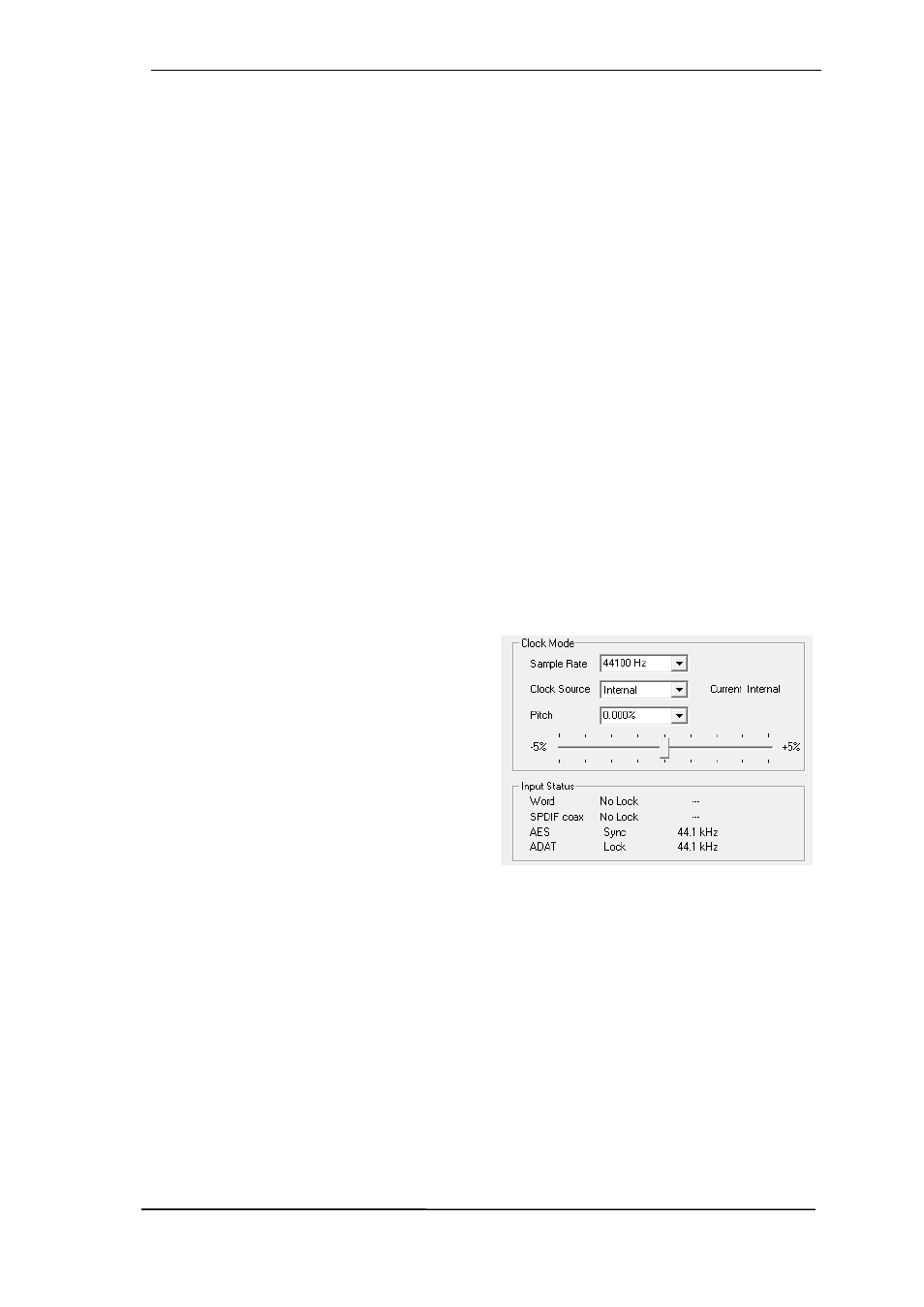RME Fireface UCX II 40-Channel USB-B Audio/MIDI Interface User Manual
Page 23

User's Guide Fireface UCX II
© RME
23
8.5 Analog Recording
For recordings via the analog inputs the corresponding record device has to be chosen (Fireface
UCX II Analog (x+x)).
The input sensitivity of the rear inputs can be changed in two steps and with adjustable gain in
TotalMix (Input Channel Settings, Level), assuring the highest signal to noise ratio will be
achieved. A further optimization can be achieved by adjusting the source itself. Raise the
source’s output level until the peak level meters in TotalMix reach about –3 dB.
The level of the front-side analog inputs can be optimized via TotalMix (Input Channel Settings,
Gain), or directly at the Fireface UCX II by the key Mic/Gain and the encoders 1/2. The multi-
colour level meters shown on the display also provide useful information about the current level
state.
Further information is found in chapter 19.
It often makes sense to monitor the input signal or send it directly to the output. This can be
done at zero latency using
TotalMix FX
(see chapter 25).
An
automated
control of real-
time monitoring can be achieved by Steinberg’s ASIO protocol with
RME’s ASIO drivers and all ASIO 2.0 compatible programs. When 'ASIO Direct Monitoring' has
been switched on, the input signal is routed in real-time to the output whenever a recording is
started (punch-in).
8.6 Digital Recording
Unlike analog soundcards which produce empty wave files (or noise) when no input signal is
present, digital interfaces always need a valid input signal to start recording.
Taking this into account, RME added a compre-
hensive I/O signal status display to the Fireface
UCX II, showing sample frequency, lock and
sync status for every input, and several status-
fields in the unit’s display.
The sample frequency shown in the fields Clock
Mode and Input Status of the Settings dialog is
useful as a quick display of the current configu-
ration of the unit and the connected external
equipment. If no sample frequency is recog-
nized, it will read ‘No Lock’.
This way, configuring any suitable audio application for digital recording is simple. After selecting
the correct input, Fireface UCX II displays the current sample frequency. This parameter can
then be changed in the application’s audio attributes (or similar) dialog.